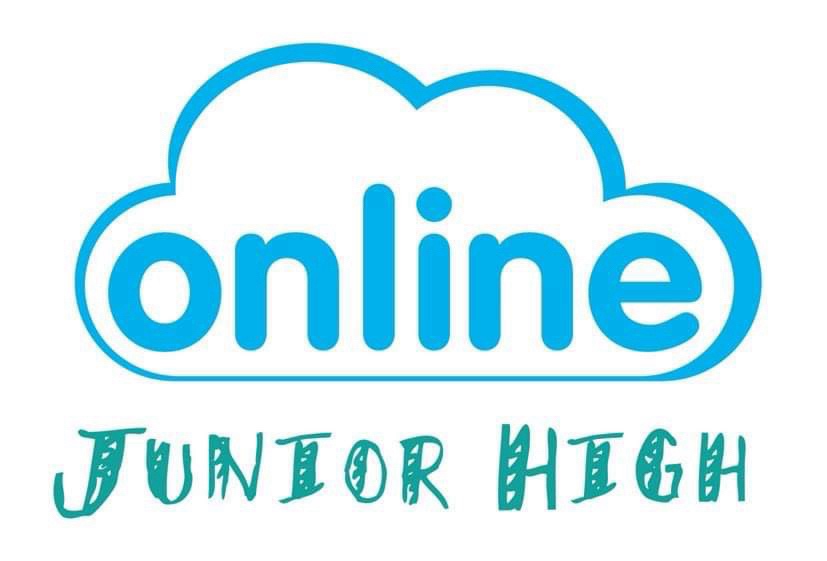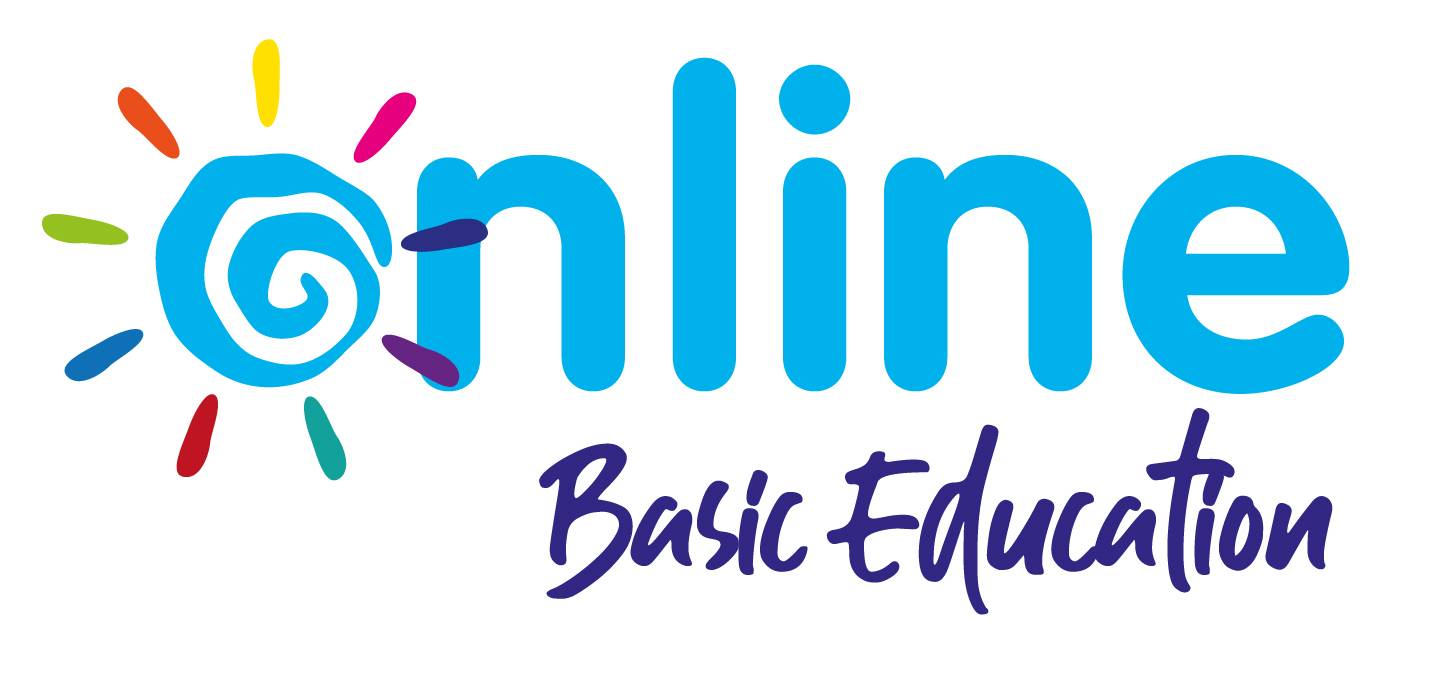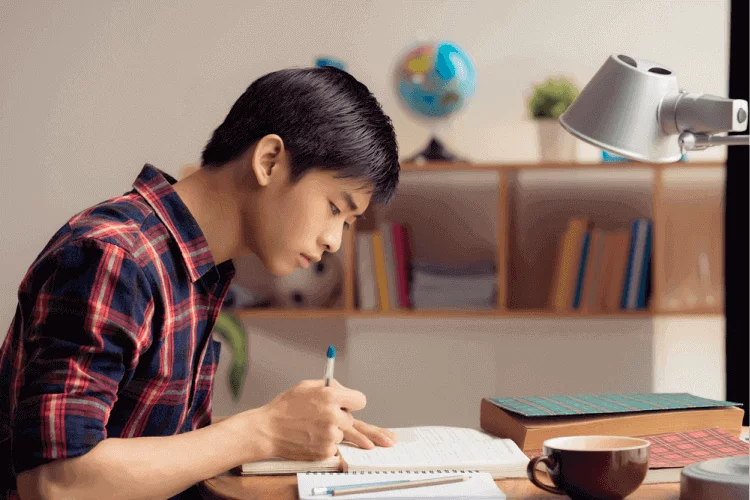The Philippines recently underwent a major change in the educational structure. Previously, students went from six years of grade school, and then finally headed to four years of high school. This led to a total of 10 years of education, which was far less than the global standard.
The newly reformed education system added two more years to the students’ total learning journey, hence the term K (for kindergarten) to 12 (for a new total of 12 years). These 12 years are divided as follows: 6 years in elementary school, 4 years in junior high school, and 2 years in senior high school.
Now the question most parents and students alike have is: what are the differences between online middle school and online senior high school?
The Importance of Understanding the Difference
The transition from junior high school to senior high school comes with many adjustments both for students and parents. It’s a critical time for families, so it’s important to understand the differences between the two educational levels to make the shift manageable for everyone.
For Students
Knowing what to expect can help reduce stress and anxiety for students. Senior high school has more academic demands and a wider range of extracurricular opportunities. Awareness of the changes ahead allows students to develop better study habits and time management skills early on. There will also be a shift in the student’s social environment, which will help them adapt more quickly and develop self-independence. Finally, understanding the difference between junior high school and senior high school helps students set realistic goals and make informed decisions about their education and future.
For Parents
Since junior high school and senior high school have distinct requirements and challenges, understanding the differences enables parents to provide the appropriate support and guidance. Parents can better advocate for their children’s needs if they know the unique expectations and resources at each level. Senior high school prepares students for tertiary education and allows them to take specialized subjects that will be relevant to their college degree and future careers. With this knowledge, parents can help their children with long-term planning, including college applications, to ensure they are ready for life after high school.
What is Junior High School in the Philippines?
After completing six years of primary school, students graduate and earn a diploma. They can then move on to the next level, lower secondary education or junior high school. Junior high school covers four years, from Grades 7 to 10. Students in junior high school are generally between 12 and 16 years old.
There are different types of junior high schools in the Philippines:
- General Secondary School: Consists of four levels mainly based on the American curriculum
- Vocational Secondary School: Technical and vocational education programs offered by the government or private institutions
- Science Secondary School: Research-oriented and specialized public high school for students with advanced maths and sciences skills
Junior high school students take the following subjects at this level:
- Mother Tongue
- Filipino
- English
- Mathematics
- Science
- Social Sciences (Araling Panlipunan)
- Personnel Training (Edukasyon Sa Pagpapakatao, Esp)
- Music
- Arts
- Physical Education
- Health, Home and Life Education (Edukasyong Pantahanan at Pangkabuhayan, EPP)
- Technology and Livelihood Education (TLE)
Preparation for Specialization
Junior high school lays the foundation for specialized learning in senior high school (Grades 11 and 12). It is designed to equip students with the necessary skills, knowledge, and values to thrive in higher education and future employment. It typically encompasses students’ intellectual, emotional, social, and physical development as they navigate academic challenges and personal responsibilities.
National Competency-Based Assessment
To determine students’ relevant aptitudes and interests, they may undergo the National Career Assessment Examination (NCAE) in Grade 9. This test helps students and parents in choosing a suitable track for senior high school.
What is Senior High School in the Philippines?
Two years were added to the curriculum in the K to 12 system. It is now compulsory for students to attend senior high school. Senior high school prepares students for higher education (college) or employment. At this level, students can choose a specialization based on aptitude, interests, and school capacity. The content of the subjects a student will take in Grades 11 and 12 will depend on their chosen career track.
Core Curriculum
There are seven learning areas under the core curriculum:
- Languages
- Communication
- Literature
- Math
- Natural Sciences
- Philosophy
- Social
Tracks
Senior high school consists of three tracks, with the Academic track including four strands:
- Academic Track
- Accountancy, Business, Management (ABM)
- Humanities, Education, Social Sciences (HESS)
- Science, Technology, Engineering, Mathematics (STEM)
- General Academic Strand (GAS)
- Technical-Vocational-Livelihood Track
- Sports Track
- Arts and Design Track
We will discuss each track and strand later on when we further compare the differences between junior high school versus senior high school.
Benefits of Senior High School
The additional two years gave students more time to think about their desired college course if they decide to continue into higher education. The curriculum contextualizes subjects to the student’s chosen track and strand and focuses on knowledge and skills relevant to their future career or field of study.
Experience is the greatest teacher, so part of the curriculum includes work immersion. It allows the students to gain real-world experience through internships or practical training that textbooks simply cannot offer.
Senior high school also helps students gain a competitive edge in the job market, not just locally but worldwide, ensuring that future Filipino adults can keep up with their ASEAN counterparts. It offers flexibility and a wide range of options to cater to different interests and career aspirations.
Lastly, perhaps the most important benefit of senior high school is that it allows students to follow their dreams in whatever shape or form. It shows students that the Philippine educational system can support them and prepare them for the future, no matter which path they take.

Junior High School vs. Senior High School
The shift from junior high school to senior high school marks a significant milestone in a student’s academic journey. Parents and children often ask the question, “What is the difference between junior and senior high school?” when they finally get to that point in basic education.
Let’s explore the key distinctions between the two by further shedding light on their structures, curricula, and the unique situations they offer.
Age Groups and Grades
junior and senior high schools differ in age groups and grades. As previously mentioned, junior high school covers Grades 7 to 10 and serves students between the ages of 12 and 16. On the other hand, senior high school covers Grades 11 to 12 and serves students between the ages of 16 and 18.
Eligibility
Junior high school students must complete their basic primary education (Grades 1-6) before enrolling. Eligibility for senior high school requires successful completion of junior high school. Some senior high schools may have entrance exams or specific criteria for admission.
Subjects
The subjects discussed in junior high school and senior high school are extremely different. In junior high school, subjects are divided into two: general subjects and vocational subjects. General subjects include Mathematics, Science, Filipino, English, and so on and are continuation of lessons from the previous years. Vocational subjects, as the name implies, teach the students life-skills that students can use both inside and outside of the classroom. These include subjects such as Computer and Home Economics for Grades 7 – 9, and an elective of their choice for Grade 10 which is set to be a precursor for the track they are going to choose in senior high school.
Senior high school, on the other hand, teach students core subjects, specialized subjects, and applied subjects. Core subjects are subjects that are taught to all students such as General Mathematics, Personality Development, English, etc. Specialized subjects are subjects that are dependent on the strand you choose. Some of the subjects you may encounter include Pre-Calculus or Business Ethics (more on this later). Applied Subjects refer to subjects such as Research in Daily Life and Applied Economics.

Work Load
As can be expected, the work load students experience in senior high school is heavier and greater than that experienced by those in junior high school. The texts assigned, home work given, and papers written are more than those done in junior high school and is a preparation for what’s to come in college. Junior high school students typically read select pages from a chapter while senior high school students read two to three chapters a day per subject.
Specialization
As mentioned earlier, senior high school students each have to choose a specific strand before they begin. This is to make their schooling more specified and to help them narrow down their choices for college, or to assist them in finding a job should they choose to forego college and work straight out of senior high school. As such, the subjects for students are tailored to their specific strands. Curricula veer away from more generalized subjects experienced by all students and instead, are more targeted to the student’s strengths and interests.
Tracks
Academic Tracks
- STEM
STEM, short for Science, Technology, Engineering, and Mathematics, is a SHS strand which focuses on the intertwining disciplines revolving around the hard sciences. Students enrolled in this track will be exposed to advanced concepts and topics that will help them explore careers as pilots, architects, biologists, doctors, and engineers. - ABM
The Accountancy, Business and Management or ABM strand is geared for students who are adept at financial management and would like to pursue careers in the corporate world or perhaps pursue their own entrepreneurial dreams. Students will be taught basic concepts revolving on business management, corporate operations, accounting, marketing, and sales. - HUMSS
The Humanities and Social Sciences strand is ideal for students who are innately curious and often find themselves asking questions about why things are the way they are. This strand is focused on communications and prepares students for courses such as journalism, communication arts, liberal arts, education, political sciences, and community development. - GAS
The General Academic Strand (GAS) understands that not all students have decided on their course and career path in life just yet. With GAS, students can freely explore their options by choosing from several electives from the different academic strands. This allows graduates of GAS to then pursue a career under any of the three academic strands (STEM, ABM, or HUMSS).
TVL
TVL or the Technical-Vocational-Livelihood track is designed for students who may or may not pursue a college degree after Senior High. Through TVL, students are equipped with the skills and knowledge they need to gain the requisite COCs (Certificates of Competency) and NCs (National Certifications) which are essential for employment. At OEd SHS, we offer the Information Communication and Technology (ICT) with specializations in Computer Programming strand under this track.
Sports Track
The sports track is for senior high school students interested in sports-related careers in the fields of athletics, fitness, and recreation. Subjects include safety and first aid, human movement, fundamentals of coaching, and fitness, sports, and recreation leadership.
Arts and Design Track
The arts and design track allows students to explore their interests in fields such as media and visual arts, performing arts, and literary arts. This track aims to produce job-ready professionals who are creative, innovative, and forward-thinking. It enhances various skills like song composing, stage performance, illustrating, photography, and other related capabilities.

Extracurricular Activities
Senior high schools often provide more extracurricular activities than junior high schools. Stepping into senior high school comes with the expectation that students can handle more responsibilities that contribute to their holistic development. Extracurriculars in senior high school may be more advanced and specific in nature. For example, school clubs and organizations are more closely aligned with students’ academic tracks and career interests. They can also become more competitive and offer opportunities to join in regional or national competitions.
Social Setting
In junior high school, students have less independence and are more closely supervised by their teachers and counselors. On the other hand, the social environment in senior high school is more complex as students form more nuanced relationships and explore deeper connections. Senior high school students are generally more mature and self-sufficient as they are encouraged to develop skills needed for adulthood.
Fees
Senior high school has a more complex curriculum and higher education level, so the fees are expected to be higher. You also have to consider costs for new uniforms, books, and extracurricular activities. Some tracks may also require additional fees for materials and certifications.
An Enriching Academic Journey Starts Here
Junior high school and senior high school, although both relatively new to the Philippine setting, are vastly different from each other. Junior high school is more generalized, with students more or less studying the same subject matter, while senior high school is more individualized. Students should also expect to have more work and projects assigned to them in senior high school as a preparation for their life in college. While it isn’t easy, these are done to help set the path for success for each student and lay the foundation for a bright future ahead.








